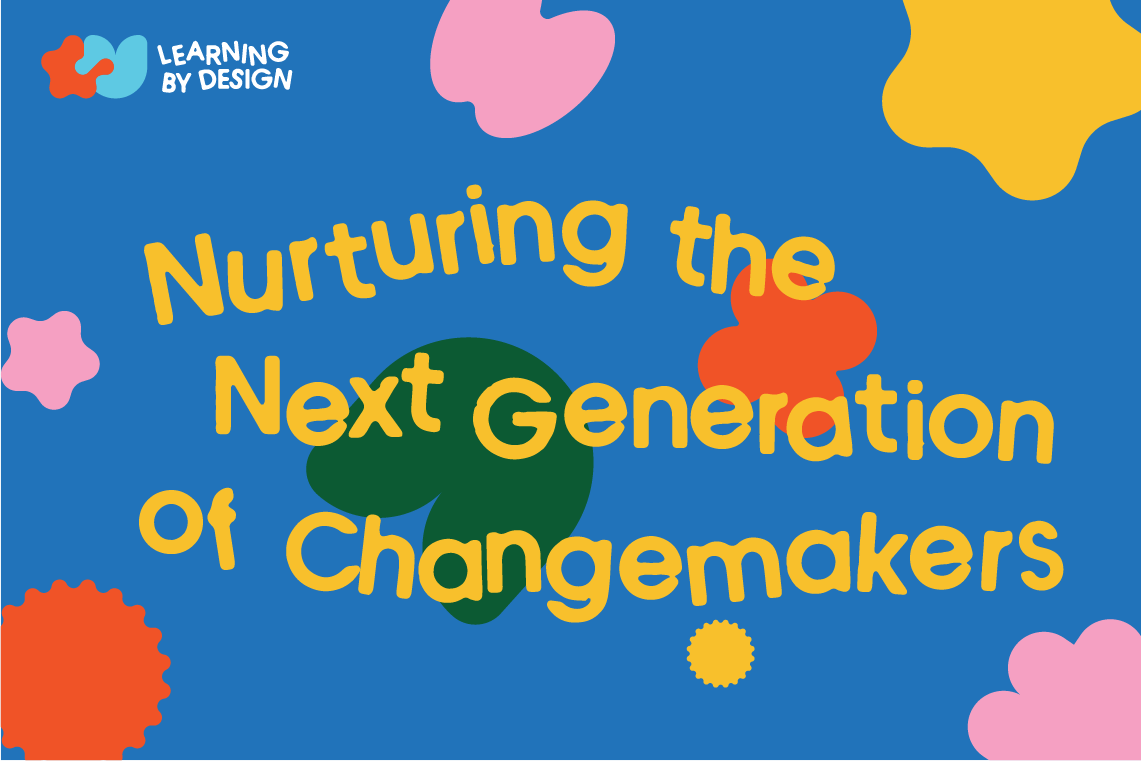Design future-proofs companies for the digital economy
Contributed by Mr Eugene Yang, Business Innovation Director, PALO IT
Given how fast the economic landscape and consumption trends change, providers of digital products and services have to continually update the way they serve consumers and operate their businesses. With these rapid changes and a growing demand for digital touch points, digital transformation must become a key priority for companies.

This process, however, is not just about blindly launching new digital products or digitising legacy processes. Amidst the mass pursuit to digitise, automate and innovate, all consumer-facing digital products should be validated through user research.
Creating a design process with a robust research component will help organisations to understand if digital products or services in the pipeline are what consumers actually want or need. For app development specifically, product validation is a necessary first step, kickstarting a process that includes research, pre-testing, go-live, feedback and new feature introductions. In 2018, Gartner projected that less than 0.01% of consumer mobile apps will be considered financial successes. Embedding user research and validation as part of the Design process may save an organisation from building a full-fledged technology product or service that consumers ultimately may not use.

Embedding user research and validation as part of the design process may save an organisation from building a full-fledged technology product or service that consumers ultimately may not use.
To keep up with shifting consumer behaviours, the design process must also take an Agile approach, especially when developing technology. Doing things in an Agile way could mean building a leaner version of an idea so that it can first be tested and validated by the market. The Agile approach requires designers to break down a concept into smaller products that can be launched quickly. They can then test these prototypes with real consumers and give development teams information to make changes or pivot as needed.
For PALO IT, design is a fundamental part of product innovation and development. Designers do not just handle how products look; they are critical to ensuring product desirability. Specific functions that designers undertake include conducting user research, validating ideas to identify product-market fit, and collaborating with software engineers for prototyping and commercialisation.
Recently, the DesignSingapore Council, SkillsFuture Singapore and Workforce Singapore launched the Skills Framework for Design, formalising the different roles that designers play in the economy. The Skills Framework recognises that design careers continue to evolve and cut across businesses, enabling innovation through technology. An example of an emerging design role is the creative technologist, who considers how to use technology to most eloquently and effectively bring designs on paper to life. Creative technologists are able to write code and can build coded prototypes, which helps ideas to be validated by the market or clients in shorter cycles.
Consolidating various opportunities for design careers in a single document, the Skills Framework for Design provides designers multiple career paths depending on their interests and life goals. Organisations should use it to upskill and cross-skill their designers internally. Likewise, it serves as helpful a guide when speaking to organisations who lack a design practice and wish to set one up as part of efforts towards digital transformation.
Designers can no longer sit in isolation in a studio, meeting clients or stakeholders only once a week. They are now in the driver’s seat – responsible not just for a visual or interactional-design standpoint but also for the business and society at large. Hence emphasising the evolution of a multi-disciplinary role of the designer is the right move. Organisations need T-shaped designers who understand business models and the bottom line, and are able to assess the viability of a product accordingly. This new Skills Framework has the potential to inculcate more business- and technology-savvy designers who will eventually become their organisation’s – and the economy’s – ultimate asset.






